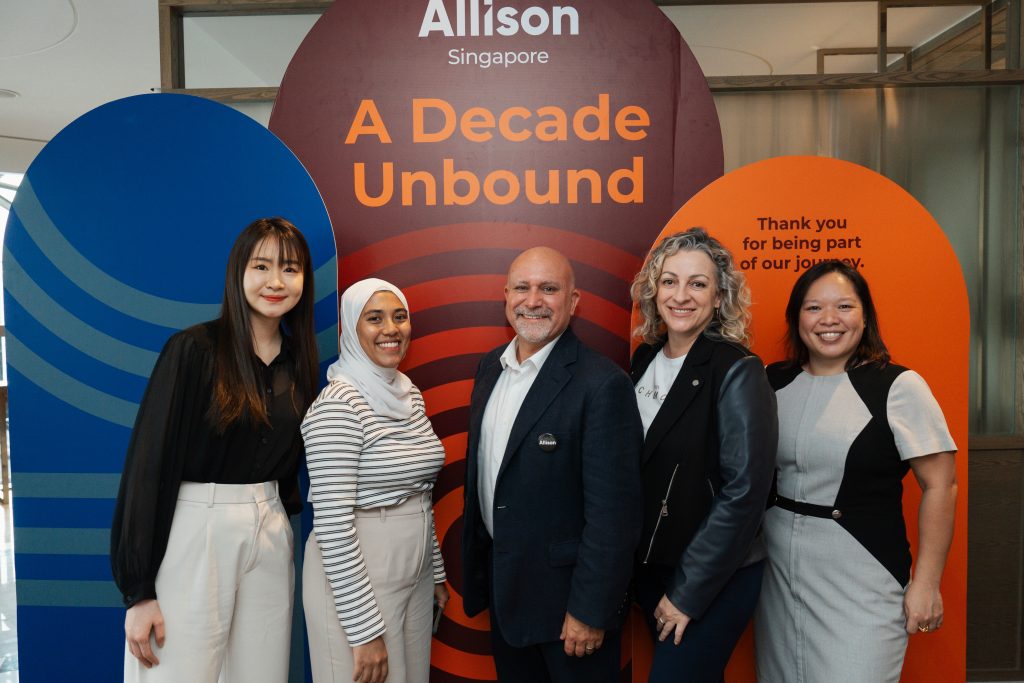
By Adeline Goh
We celebrated a decade of marketing and communication excellence in Singapore back in July with a 10th anniversary insights event on how great communication plays a pivotal role in the workplace of the future.
Little did we know, a month later, we won the Best Large APAC Agency To Work For honors from PRovoke Media for the first time. It was icing on the cake. The recognition is mainly judged via a comprehensive employee survey, validates our strong agency culture and gives us the credibility to counsel clients on how they can best engage with their people.
Our journey toward this honor has been a dedicated effort. During the insights event, our panel of esteemed speakers from Unilever, GWI and SAP grappled with questions on why most Singapore employees were dissatisfied with their organizations’ internal communications. We discussed the new age working world, and how different generations viewed a strong work culture through different lenses. We also exchanged thoughts on how AI can be positioned as a force for good and how strong employee engagement is needed in any change management.
A few discussion points stood out:
The forgotten group – middle managers
We had a room full of more than 40 corporate and internal communicators and talked a lot about best practices in communication strategy and content.
However, we all agreed the responsibility of fostering meaningful connections with employees does not simply fall on our shoulders – the communication experts, human resource team or senior executives.
It is a top-down and bottom-up effort. It is a movement – and good communication fuels it. Our recent Allison poll of 1,000 PMEBs in Singapore revealed people were most interested in receiving communications from their business unit or department leader first (34%), followed by HR (28%) and CEO (23%).
This really shows how often we forget about the value and importance of middle managers. These managers are the bridge between senior leaders and employees. The ability to manage up and down successfully, particularly when it comes to tough business and people decisions, requires experienced and sophisticated skills in communication with empathy. We should remember to invest in training and coaching our department and team leaders. They are not only performance drivers, but they are also influential in building teams, community and culture.
Establishing common ground
In an increasingly fragmented and polarized world, it has become a constant challenge to find common ground for progress and positive change.
When it comes to marrying needs and wants on an organizational level, our research tells us most Gen Zs prioritize alignment of their values with their companies, while millennials pick the ability to work remotely as the top workplace consideration. Gen X employees say the company’s mission and purpose is most important, while Baby Boomers overwhelmingly select workplace culture.
How do we reconcile all these considerations?
People gravitate toward organizations that live and breathe values that resonate personally with them. So, an organization’s values system should serve as the common thread to rally employees and bring them together.
One of the common pitfalls for communicators is to take the convenient route of articulating these values through a broad corporate narrative without creatively thinking about how to connect with audiences across age groups, geographies, cultures, gender and backgrounds. We should constantly strive to relate our day-to-day to our organizational values and find a way to actively reinforce what matters most to all of us.
Bosses are human too
Transparency and authenticity have become two buzzwords closely associated with leadership in communications. Knowing those concepts is the easy part, but putting and seeing them in action is another story.
We can start by listening actively. Many successful leaders in the 21st century are great communicators because they are great listeners. The ability to be transparent and authentic comes from the willingness and ability to be perceptive and empathize, to want to have genuine two-way conversations with people. This means being able to put ourselves in another’s shoes and working with them to come up with solutions to create a shared purpose and vision.
We work with senior executives and their teams every day to communicate actively, listen and respond. This is a vital first step in staying truthful, honest and real, and it creates an open environment for others to listen and participate.
For more information on our Allison Singapore research study on the transformative power of employee engagement, read our recent blog: “Allison Singapore Research Identifies Pressing Need for Improved Internal Communications & Employee Engagement”
Adeline is the general manager of Allison Singapore and oversees key corporate relationships regionally. She has spent most her 25-year professional life at some of the top communication agencies and newsrooms.